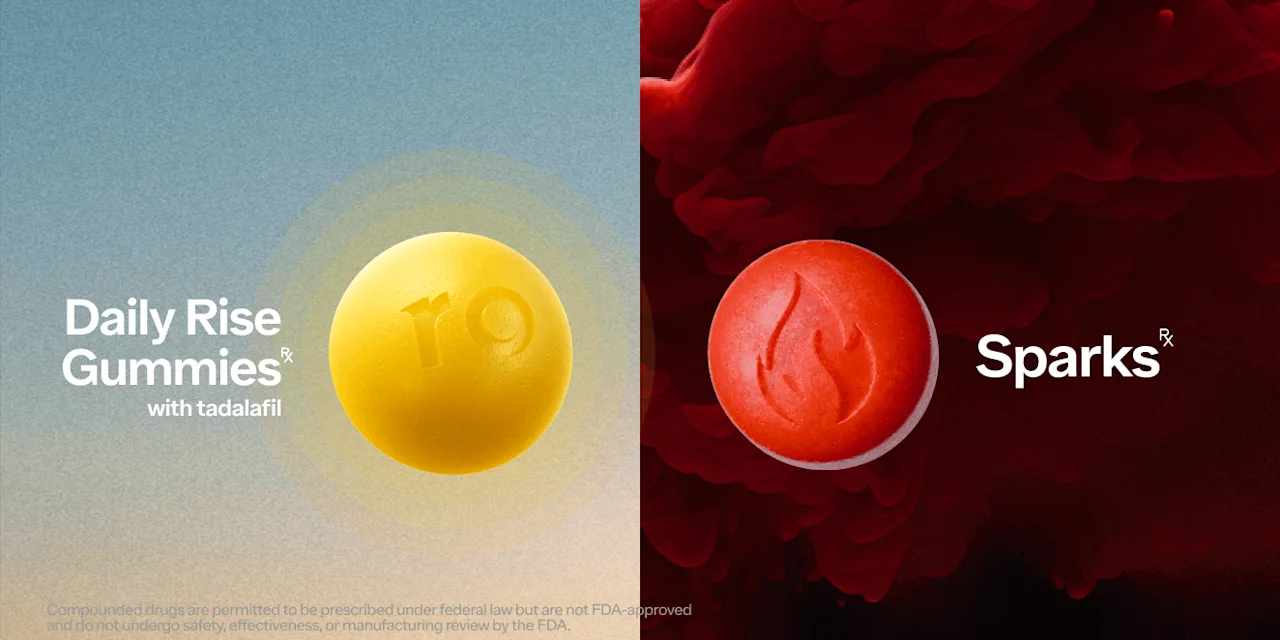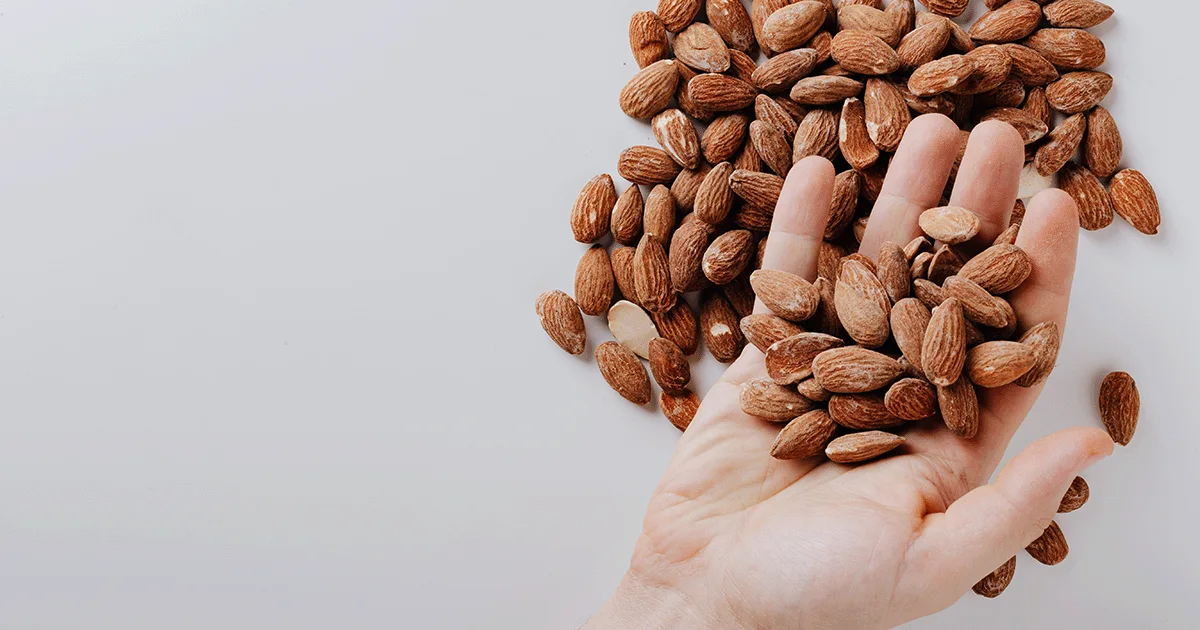Here's what we'll cover
When it comes to sex, some of the pleasure zones (like the clitoris or the head of the penis) might be more obvious, but some may be a little more surprising. There are actually many other body parts involved in sex and foreplay outside of those few key spots.
Ever have that tingly feeling when your partner nibbles your earlobes? That happens because the ear is what’s called an erogenous zone. If you’re looking for more ways to spice things up in the bedroom, there may be some untapped hot spots that you have been missing.
Erogenous zones
Any part of the body can be an erogenous zone. Erogenous comes from the Greek words “eros” (love) and “genous” (producing).
An erogenous zone is any area that can produce sexual arousal when stimulated. One theory behind these sensitive areas is that they have nerve-endings and receptors that are more attuned to light touch or gentle tickling (Turnbull, 2014).
Sex is complex, so it may not surprise you that you can get just as much enjoyment from seeing or touching a partner's erogenous zones as they might get from you touching them (Maister, 2020). Also, everyone is different and some people may find that they get more pleasure from a tickle or light touch, whereas others are more sensitive to vibration or pressure (Cordeau, 2014).
These hot spots vary by person—what may feel amazing for one person may be unpleasant for another. That's why communication is key. Speak with your partner or partners about what you each enjoy and make space for sharing while you're in the thick of it—you may learn something new about each other and yourself in the process.
Erogenous zones map
Now that you know what erogenous zones are, you may be wondering where you can find them. These sensitive areas can be divided into genital vs. extragenital erogenous zones. While erogenous zones can differ from person to person, these are the most common erogenous zones in men and women:

Female erogenous zones
The main genital erogenous zones for women are the G-spot and the vulva, which includes the clitoris, vaginal opening, and outer and inner vaginal "lips" or labia (Younis, 2016). Stimulation of these areas through self-touch (masturbation), a partner's touch, sex toys, or other means often leads to sexual arousal, which involves increased blood flow and nerve sensitivity.
Extragenital erogenous zones are parts of the body that elicit a sexual response, outside of the penis and vulva area. Around a quarter of your total body surface can actually be involved in sexual pleasure, which is why staying focused on just your partner's genitals may be a missed opportunity (Nummenmaa, 2016). You can involve these areas during foreplay, but stimulating these body parts can actually lead to orgasm for some people (Younis, 2016). Some common extragenital female erogenous zones include (Younis, 2016):
The breasts, and specifically the nipples
Mouth and lips
Nape of the neck
Buttocks
Inner thighs
Lower abdomen/pubic area
The inner wrist
Scalp
The area behind the knees
The perineum (the space between the anus and vagina)
The area around and in the anus
The upper and lower back
Male erogenous zones
While orgasms may be considered more straightforward for men, men have erogenous zones too. The main genital erogenous zones for men include the penis, especially the glans (the head of the penis) and frenulum (band of skin that runs from the bottom of the head of the penis or the foreskin to the shaft of the penis). The scrotum, which is the skin around the testicles, is also very sensitive. Stimulation of these areas, particularly the head of the penis, often leads to orgasm. However, outside of the genital erogenous zones, men share many of the same erogenous zones as women (Turnbull, 2014).
Some common extragenital male erogenous zones include (Turnbull, 2014):
The lips
Inner thighs and lower abdomen/pubic area
The nape of the neck
The nipples
The perineum (the area between the anus and scrotum)
Earlobes
Buttocks
Scalp
Abdomen
Lower and upper back
How to stimulate your partner's erogenous zones
You can use a variety of different techniques to give your partner or yourself enjoyment. Exploring using different tools (like feathers, fingers, or textured cloth) and modify the pressure (from gentle to intense) to learn what you or your partner likes.
Consider adding gentle nail scratching if your partner is interested on your partner's scalp or back. Bring toys into the picture and experiment with different rhythms, intensities, and settings.
Experimenting with different erogenous zones can make your sex life more pleasurable and exciting for you and your partner. Try using a vibrator, an ice cube, or initmate massage oils to add spice and variety to your sex life. Trying new things with a partner is a great way to give each other pleasure.
DISCLAIMER
If you have any medical questions or concerns, please talk to your healthcare provider. The articles on Health Guide are underpinned by peer-reviewed research and information drawn from medical societies and governmental agencies. However, they are not a substitute for professional medical advice, diagnosis, or treatment.
Cordeau, D., Bélanger, M., Beaulieu-Prévost, D., & Courtois, F. (2014). The assessment of sensory detection thresholds on the perineum and breast compared with control body sites. The journal of sexual medicine, 11 (7), 1741–1748. doi: 10.1111/jsm.12547. Retrieved from https://pubmed.ncbi.nlm.nih.gov/24805931/
Levin R. J. (2018). Prostate-induced orgasms: A concise review illustrated with a highly relevant case study. Clinical anatomy, 31 (1), 81–85. doi: 10.1002/ca.23006. Retrieved from https://pubmed.ncbi.nlm.nih.gov/29265651/
Maister, L., Fotopoulou, A., Turnbull, O., & Tsakiris, M. (2020). The erogenous mirror: intersubjective and multisensory maps of sexual arousal in men and women. Archives of sexual behavior, 49 (8), 2919–2933. doi: 10.1007/s10508-020-01756-1. Retrieved from https://pubmed.ncbi.nlm.nih.gov/32533518/
Nummenmaa, L., Suvilehto, J. T., Glerean, E., Santtila, P., & Hietanen, J. K. (2016). Topography of human erogenous zones. Archives of sexual behavior, 45 (5), 1207–1216. doi: 10.1007/s10508-016-0745-z. Retrieved from https://pubmed.ncbi.nlm.nih.gov/27091187/
Turnbull, O.H., Lovett, V.E., Chaldecott, J., Lucas, M.D. (2014). Reports of intimate touch: erogenous zones and somatosensory cortical organization. Cortex, 53 :146-154. doi: 10.1016/j.cortex.2013.07.010. Retrieved from https://pubmed.ncbi.nlm.nih.gov/23993282/
Younis, I., Fattah, M., Maamoun, M. (2016). Female hot spots: extragenital erogenous zones. Human Andrology, 6 (1): 20-26. doi: 10.1097/01.XHA.0000481142.54302.08. Retrieved from https://www.researchgate.net/publication/301664162_Female_hot_spots_extragenital_erogenous_zones












